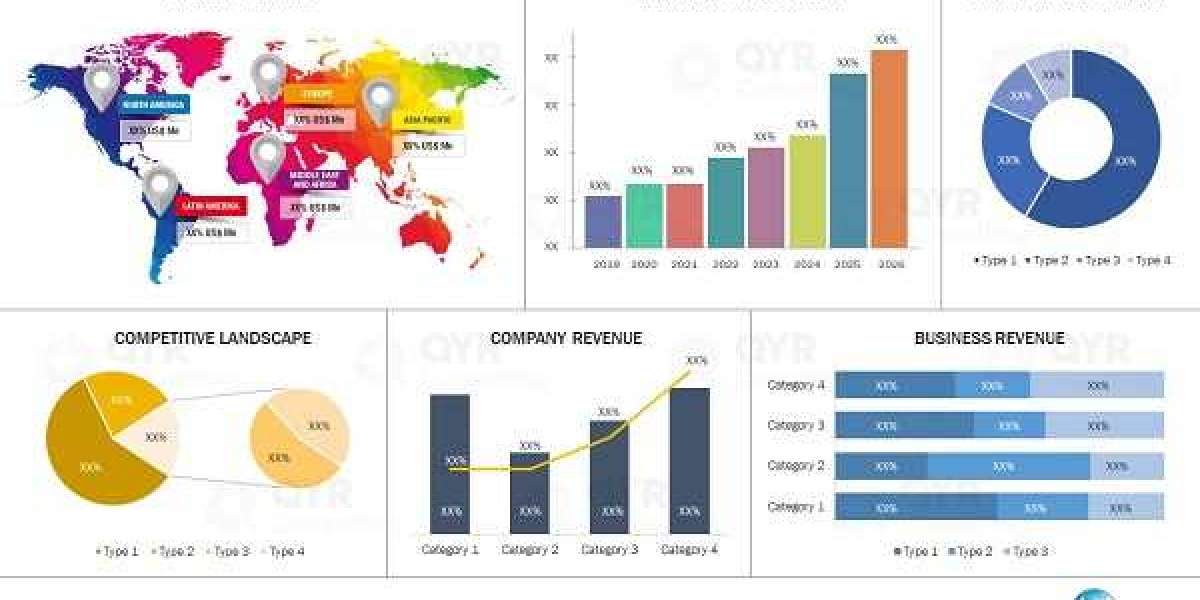In a world filled with critics and negativity, making a bold statement is the best way to show who you really are. The We Hate Haters Club T-shirt from Audacious Activity is more than just a piece of clothing—it’s a movement. Designed for those who embrace individuality, this T-shirt stands as a declaration against negativity, empowering you to rise above the opinions of others.
A Bold Statement for the Bold
Fashion has always been a reflection of personality, and this T-shirt from Audacious Activity is a perfect example of how clothing can communicate more than style. It’s not just about the fabric—it’s about the message. The 'We Hate Haters Club' slogan is an anthem for those who are tired of the criticism and the haters. Wearing this shirt makes a powerful statement: you won’t be swayed by negativity, and you are unapologetically yourself.
Whether you're heading to a casual gathering, running errands, or simply lounging at home, this shirt makes it clear that you’re not interested in the opinions of those who try to bring you down. With a sleek design and a bold message, it’s a perfect choice for anyone who wants to express their confidence and resilience.
Designed for Comfort and Style
At Audacious Activity, style and comfort go hand in hand. The 'We Hate Haters Club' T-shirt is made from high-quality, soft fabric, ensuring that you feel as good as you look. Whether you're out for a walk, meeting friends, or just relaxing, this shirt will keep you comfortable all day long.
The minimalist design makes it a versatile addition to your wardrobe. It’s easy to pair with jeans, shorts, or even layer under a jacket for a more trendy look. Available in various sizes, this T-shirt is designed to fit everyone comfortably while showcasing the bold message in the front. No matter where you wear it, you can be sure you’ll turn heads and spark conversations.
Embracing Positivity and Confidence
While the 'We Hate Haters Club' T-shirt may seem to be all about pushing back against negativity, it’s also about embracing positivity and self-love. The message behind this shirt is clear: don’t let the opinions of others shape who you are. It’s about building confidence, staying true to yourself, and living authentically.
At Audacious Activity, we believe in the power of clothing to inspire change. This T-shirt not only helps you stand tall in the face of adversity but also encourages others to rise above the negativity they may encounter in their own lives. It’s a powerful reminder that criticism doesn't define you and should never stop you from achieving your dreams.
The Perfect Gift for the Bold
Looking for a unique and empowering gift? The 'We Hate Haters Club' T-shirt makes an excellent present for friends, family, or anyone who could use a boost of confidence. Whether it’s for a birthday, holiday, or simply to show support, this T-shirt serves as a reminder that those who wear it are strong, confident, and unshakable in the face of negativity.
Give the gift of positivity and self-empowerment with this bold statement piece. It’s more than just a T-shirt—it’s a token of resilience and strength that will empower the recipient to stand up against the haters.
Why Choose Audacious Activity?
At Audacious Activity, we create clothing that speaks to those who aren’t afraid to stand out and be themselves. The 'We Hate Haters Club' T-shirt is just one example of how fashion can be used as a tool for empowerment. Our products are designed to help you express your individuality, boost your confidence, and make bold statements about who you are.
With a focus on high-quality materials, sleek designs, and powerful messages, Audacious Activity ensures that every piece in our collection serves a purpose. We don’t just sell clothing; we offer a movement. Wear our gear with pride and join the 'We Hate Haters Club' today.
Conclusion
The 'We Hate Haters Club' T-shirt from Audacious Activity is more than just apparel—it’s a statement of empowerment, confidence, and resilience. It’s perfect for anyone looking to rise above the negativity in their lives and embrace their true selves. Comfortable, stylish, and bold, this T-shirt will help you make a statement wherever you go.
Don’t let the haters win. Join the movement, wear your confidence, and embrace your individuality with the 'We Hate Haters Club' T-shirt. Visit Audacious Activity today and be part of a community that believes in being unapologetically you.











